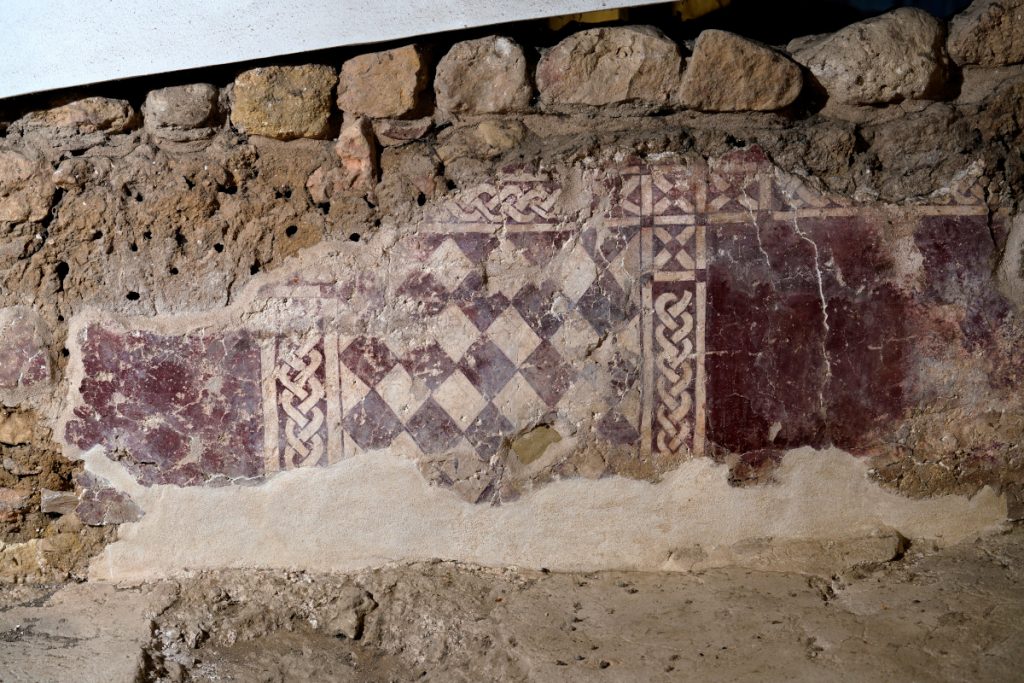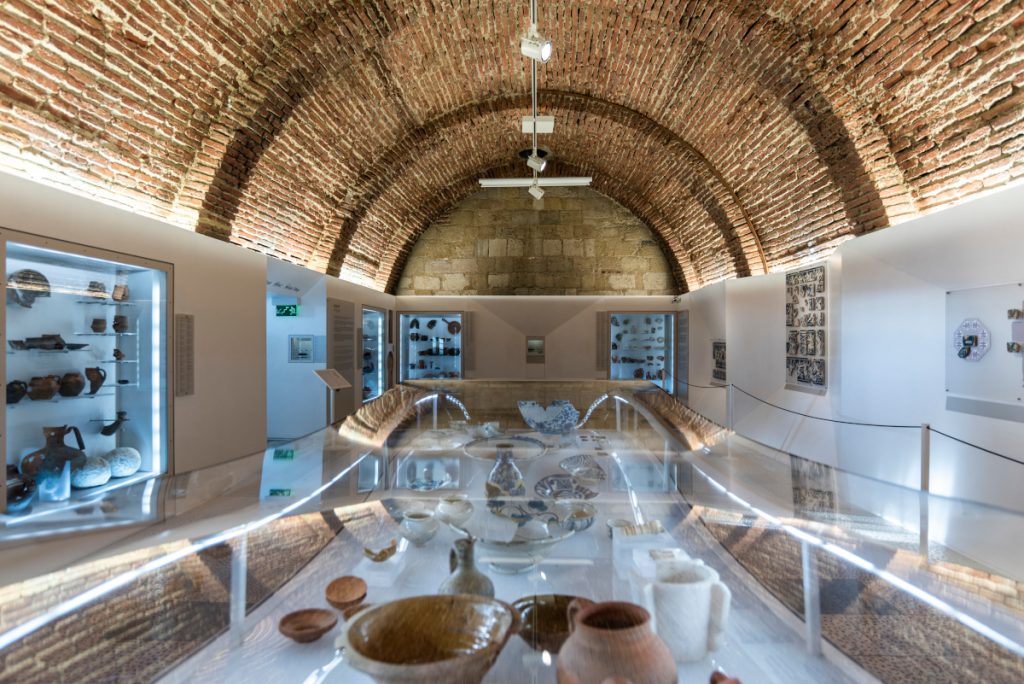Included in Your Ticket
Along with full access to the national monument and its gardens, without time constraints and at any schedule within opening and closing hours, the Castelo de São Jorge ticket also includes 15/20-minute guided tours in Portuguese and English at the Museum, the Archaeological Site, the Camera Obscura and in various parts of the Castle.
Check the Castle’s agenda to see the daily offer.
Archaeological Centre
Guided tour of the archaeological ruins within the castle’s walls, showing evidence of three significant periods in the history of Lisbon: the first known settlements dating back to the 7th century B.C.; the remnants of the Moorish era residential area, from the 11th century; and the ruins of the last palatine residence – the Palace of Condes de Santiago – destroyed by the earthquake of 1755.

©Kenton Thatcher
Camera Obscura
Discover the city of Lisbon on a tour of our Periscope that allows us to examine the surrounding area in real-time.
This camera obscura, an optical system of lenses and mirrors, provides 360º detailed views of the city in real-time, including its monuments, most emblematic areas, the river and the bustle of Lisbon.
The equipment is installed in one of the most emblematic towers of Castelo de São Jorge. Now called Ulysses Tower, it once held some of the most important documents in the kingdom of Portugal, famously known as Torre do Tombo between the 14th and 17th centuries.

©Fernando Guerra
Museum
Open for visitation, the collection consists of objects found in the alcáçova area (Archaeological Site and the Castle’s quarters) and introduces the various cultures and lifestyles from the 7th century B.C. to the 18th century which contributed to building modern-day Lisbon, with particular emphasis on the Moorish period from the 11th – 12th centuries.

©Kenton Thatcher
